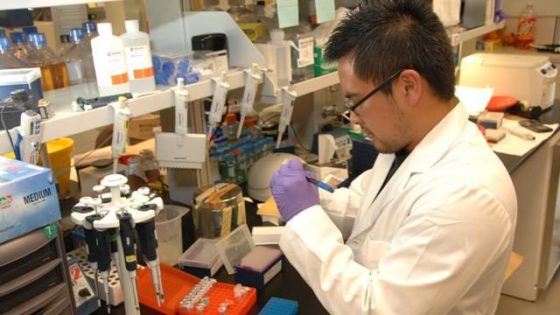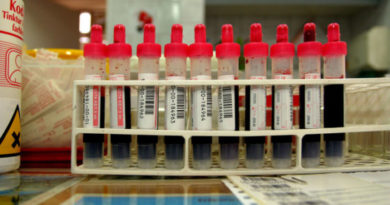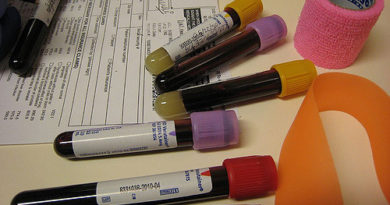How To Become A Phlebotomist
Want to know how to become a phlebotomist? Interested in what it takes to become a phlebotomist? Well, look no more, we have a step by step guide for you!.
Over the past couple of decades, the trained, certified phlebotomist has become an integral part of the health care field. And, as the specialization has grown and matured, the employment opportunities have grown, as well.
The types of facilities that hire certified phlebotomists have increased, also. Whereas, previously, a phlebotomist would only be found in a hospital, now it is not uncommon to find a certified phlebotomist in doctor’s offices, independent diagnostic labs, plasma centers, and more. And, of course, hospitals are still a major employer of certified phlebotomists.
The best part?
You can become a phlebotomist in 4 simple steps:

Step 1: Education
The first step to become a phlebotomist is to get a high school diploma or the equivalent (like GED). Make sure that you pay attention to your grades to have an advantage over the other candidates when you apply to a phlebotomy schools.
To go to step 2, training, you need to be 18 years old and have completed high school.

Step 2: Training
The next step in your path to become a phlebotomist is to be trained in the area. There are several schools that offer phlebotomy programs.
Usually the phlebotomy training courses are short (less than one year) and will have a theoretical component (classroom training) and practical component (hands-on training). Typically you will learn how to draw blood, different techniques, how to dispose equipment, anatomy, lab safety, legal component, etc.

Step 3: Certification
After completing a phlebotomy course you should get your certification. Certification it is not mandatory in most states, but usually an employer will prefer a certified phlebotomy technician to a non-certified.
There are different organizations that will offer certifications, make sure that you comply with the requirements of the organization that you select.

Step 4: Employment
The last and most important step in to find a job as phlebotomist. Currently there is a high demand on the area, so it shouldn’t be difficult to get a job, but you need to be active in your search.
As a phlebotomist you will be able to work in different organizations, such as labs, hospitals, clinics, healthcare facilities, etc.
Some things to think about if you want to become a Phlebotomist
In your pursuit to become a phlebotomist there are several factors to take into consideration. As with any career option, it is critical that you look at the skills necessary for success. These skills go beyond the mastery of phlebotomy techniques.
In addition to having a complete grasp of phlebotomy itself (which will be achieved through training and experience), several other aptitudes are also requisite. Since the certified phlebotomist so often has to interact with patients, it is important that you possess “people skills”.
The ability to communicate well, along with a genuine sense of compassion, will go a long way in contributing to the success of the certified phlebotomist. Additionally, patience and professionalism are indispensable ingredients.
If you feel that you have, or can develop, the intangible skills required, your next step on the road to become a phlebotomist is to assess the demands, rewards, and risks of a career in phlebotomy to see if it is a good fit for you.




